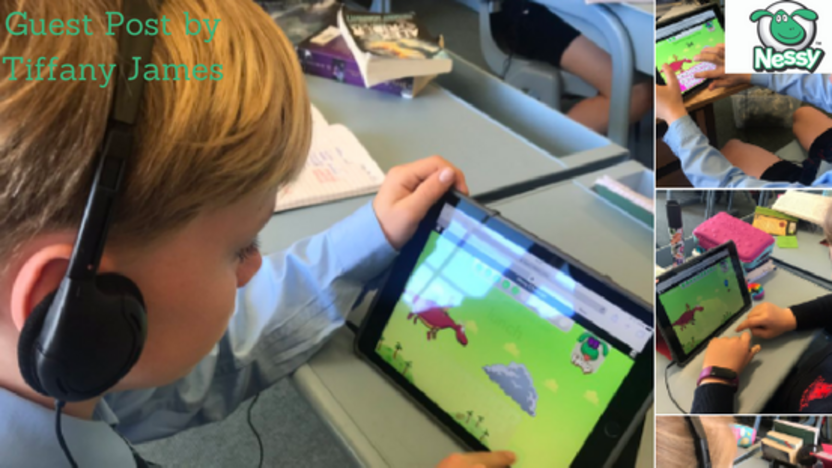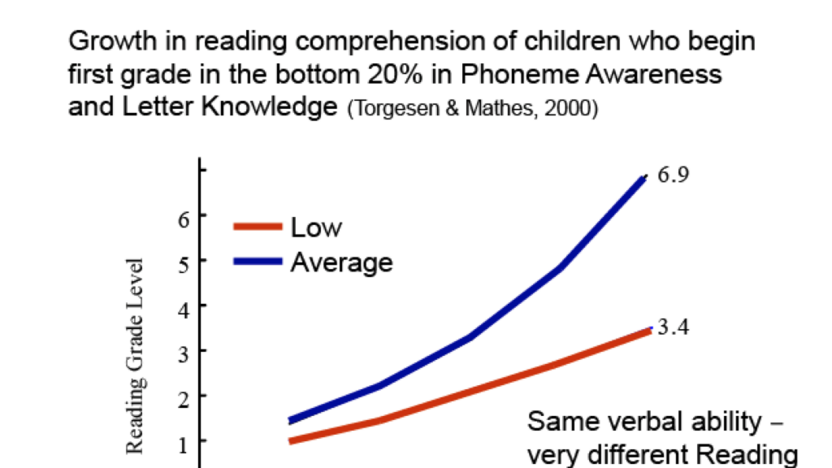Prevention, Not Intervention

By Tiffany James, Director of Ed. Development at Nessy, CSLT, Dyslexia Specialist.

A case for reducing the need for reading and literacy interventions by preventing reading failure before it happens.
According to RIF (Reading Is Fundamental) America’s literacy crisis has reached epidemic proportions. Millions of children and adults are affected each year by a never-ending cycle of educational disadvantage.
65% of American 4th graders do not read at basic proficiency level.
This never-ending cycle has continued year after year, with schools and districts continuing to use teaching methods proven again and again to be ineffective.
Early teaching in the proper methods are key – individualized, targeted approaches are the most effective and efficient way to teach language. Most students benefit from a structured language approach, and with about 10% of the student population, it is essential. They are unlikely to learn to read, write, and spell effectively if taught with a different method.
Reading Recovery and similar methods have been identified by some of the world’s leading educators to be ineffective for many readers. In fact, 23 of the world’s top researchers in reading instruction, express concerns about the continued use of Reading Recovery in an open letter. These experts urge policy makers, educational leaders, researchers, and federal research organizations to acknowledge the weaknesses of Reading Recovery. They concluded, “Reading Recovery leaves too many students behind.”
As it stands, the current education model seems to accept that a significant percentage of children will not be adequately educated and leave school with a lifelong disadvantage. This status quo must be questioned and overturned. Continuing to use ineffective methods year after year, and hoping they will catch up is a recipe for disaster.
So how do we prevent a percentage of children from being left behind?
Teach a child in the way they are wired to learn and they will learn to read, write and spell.
Any child that falls into the risk ranges on progress monitoring measures should be monitored closely and instructional changes considered immediately – do not use wait and see approach. The STRIVE methodology employs three components:
- Screening of ALL students mid-year in kindergarten. Identifying any areas of weakness in literacy development, and addressing them immediately.
- Staff Education – teachers need information. Professional development courses that provide information and good teaching about dyslexia can help teachers serve 20% of their students more effectively. Most teachers have not had one course (either at the university level, or later in professional development, to teach them about dyslexia).
- Monitoring progress three times a year and adjusting instructional plans. Technology is great for this – with the use of technology, teaching can be easily differentiated and individualized for each student.
“A whole class approach, which expects some children to fall behind is a dinosaur which needs to be consigned to history. This is the 21st century, and technology has brought a change to the education system. One-to-one teaching is now affordable. Kids have to all be screened as they enter school, be guided through an individualized program and learn at a pace that suits them. Using this approach no one need leave school unable to read.”
Michael Jones, CEO and Founder of Nessy Learning
Early teaching is key. Most students with poor phonological awareness in grade 1, will be poor readers in grade 9.
In attempting to analyse the reasons behind the failure of improvement, one should look at the work of Dr. Joseph Torgeson, Florida State University.

His research suggests that those students begin 1st grade with poor letter knowledge never catch up to their peers.
Conclusion
If the phonological areas of weakness are addressed in grade 1, the outcome for the child can be very different. Instead of spending years at the bottom of the pack, just getting by or even struggling, providing the the right kind of teaching when a child is 5-6 years old, can dramatically change the outcome. The right teaching approach early on can bring skill levels to grade level standards or above, instead of low or below, can build self-confidence, academic achievement, and improve standardised test scores.
Learning to read is a complex process. It is individual. A classroom of children will have very different teaching needs. Some will need explicit instruction in phonological skills, some will have difficulty with reversals and visual skills and others will have difficulty with retrieving information they have already learned quickly and are likely to need a fluency intervention. A few children will struggle with two of these or all of these. Technology has evolved to the point that makes teaching many young children, with many different literacy needs, possible, preventing a slow down or breakdown in the development of reading, writing and spelling. Failing to address a students’ needs individually results in the need for intervention for many by 3rd grade. Prevention instead of intervention brings best results.
By Tiffany James